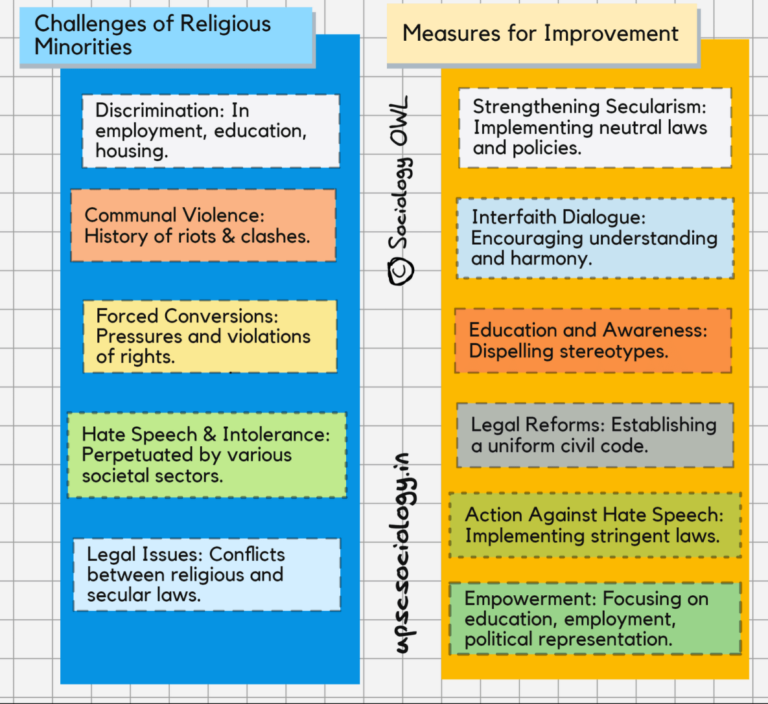Sociology Optional 2024 Paper 2 Solution
2024 Paper 2
Sociology Optional 2024 Paper 2 Model Answers
Our UPSC Sociology Optional 2024 Paper 2 webpage provides a comprehensive collection of model answers to questions from this examination. This resource is designed to help aspirants understand the depth and breadth of responses expected in the UPSC Sociology Optional Paper 2.
Download Sociology Optional 2024 Paper 2 PDF
Click on Question to see Model Answer
SECTION A
(b) Discuss the changes taking place in the industrial class structure in India.
(c) Is patriarchy a key to understanding different forms of inequalities in Indian society? Elaborate.
(e) Despite the efforts of the government, bonded labour still continues in India. Discuss.
(c) What, according to André Beteille, are the bases of agrarian class structure in India? Analyse.
(c) Education is a key to social development. Elucidate.
4. (a) How do religious communities contribute to the cultural diversity of India?
Section – B
5. (a) Examine with suitable examples the recent trends in the growth of urban settlements in India.
(c) Are slums the manifestations of industrialisation and urbanisation in India? Explain.
(d) Discuss the changing nature of political elites in India.
(e) What is your assessment about the recent farmers’ movement in India? Elaborate.
(c) Critically examine the relevance of development planning in India.
7. (a) Analyse the trilogy between environmental movement, development and tribal identity.
(c) Trace the social and historical origins of Dalit movements in modern India.
8. (a) Highlight the major contributions of the reform movements in pre-independent India.
(b) Identify different forms of inequalities associated with agrarian social structure in India.
(c) What are pressure groups? Discuss their role in decision-making in democracy.

Download our app for UPSC Sociology Optional - Syllabus, NCERT Books, IGNOU Books, Past Paper with Model Answers, Topper Notes & Answer Sheet.
Sociology Optional 2024 Paper 2 Solution Read More »

